Project-Based Learning at HTH
These projects are examples of the work that is done at all of the High Tech High Schools. It is our record of what we have done and how to get there. Teachers can utilize this to display what they have done with their students, and get ideas from others teachers. Students can show their parents and friends the work that they have done, and the community can see how project based learning enables students to do and learn. Please enjoy the projects and videos.
Browse Projects
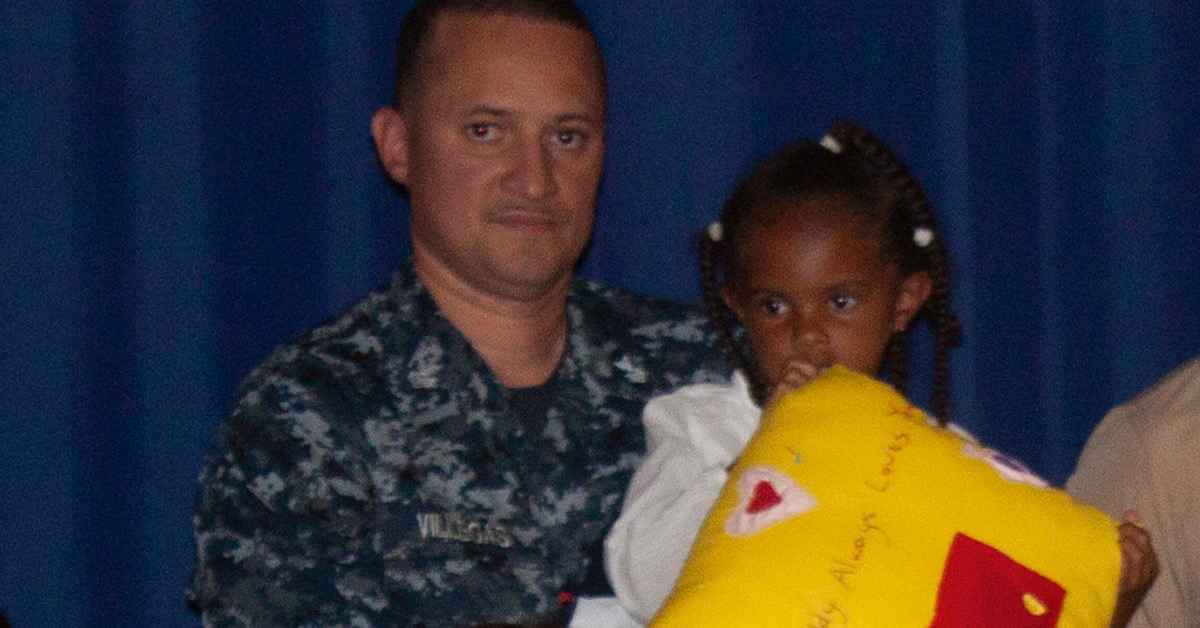
Students interviewed younger children and parents in a school next to military housing in order to create a “story cushion” — a pillow with voice recorded chips so children could listen to their parent’s voice whenever they wanted.
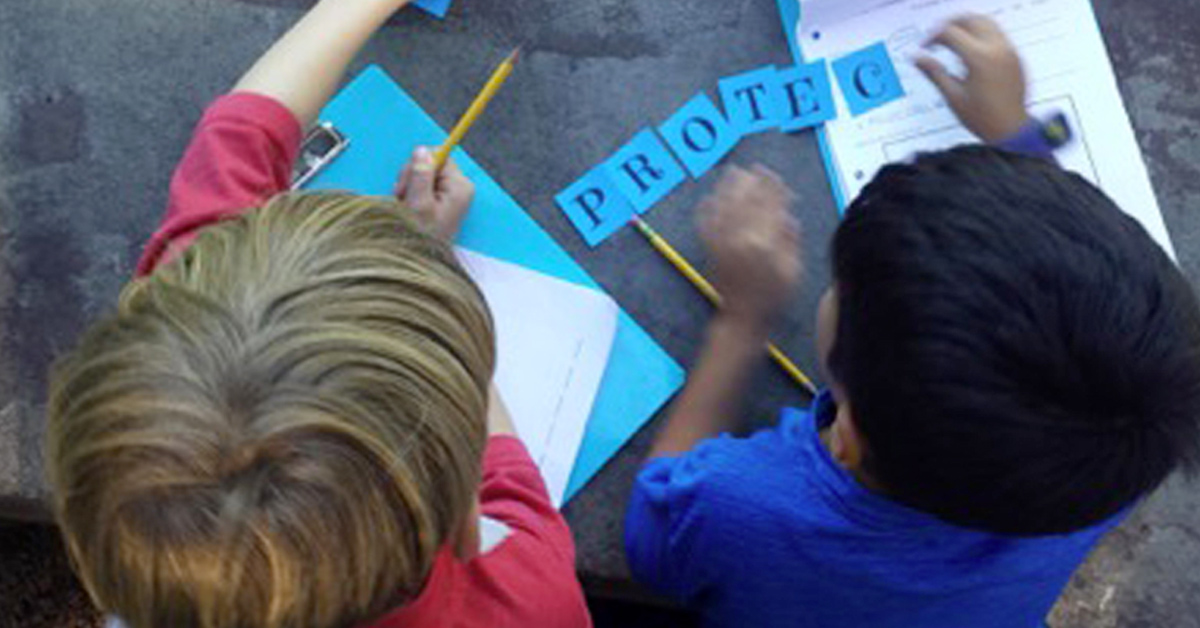
In Operation: Protect San Diego 2.0, students examined “What can the average San Diego citizen do to protect our local environment and its inhabitants?”
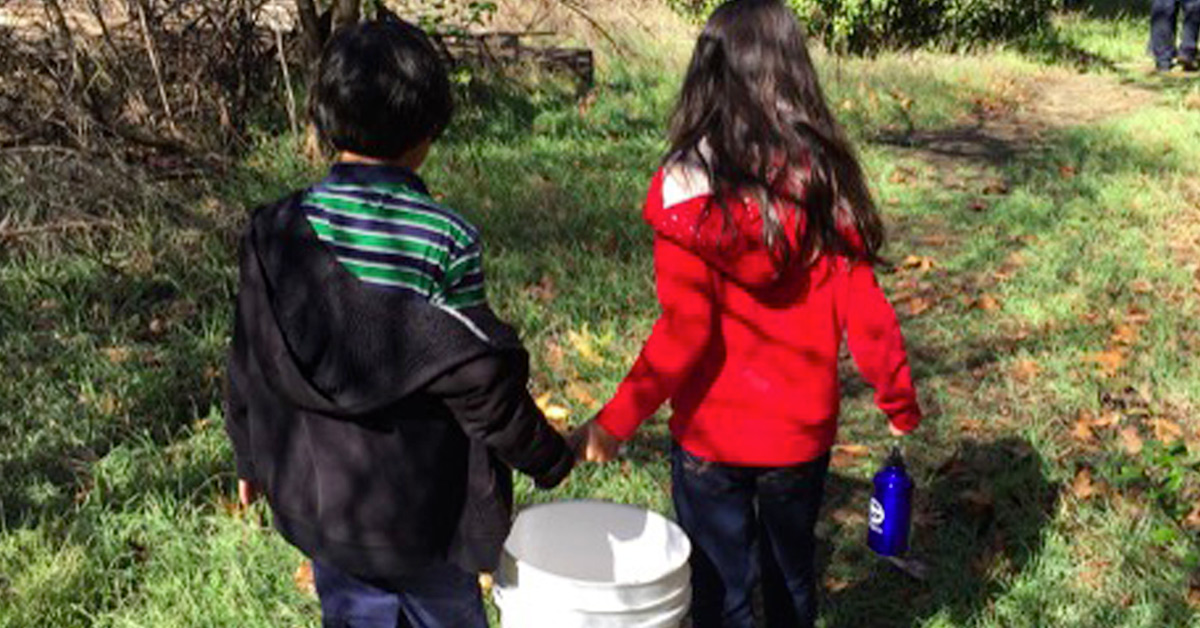
How can we protect the wildlife in the Otay River Watershed?
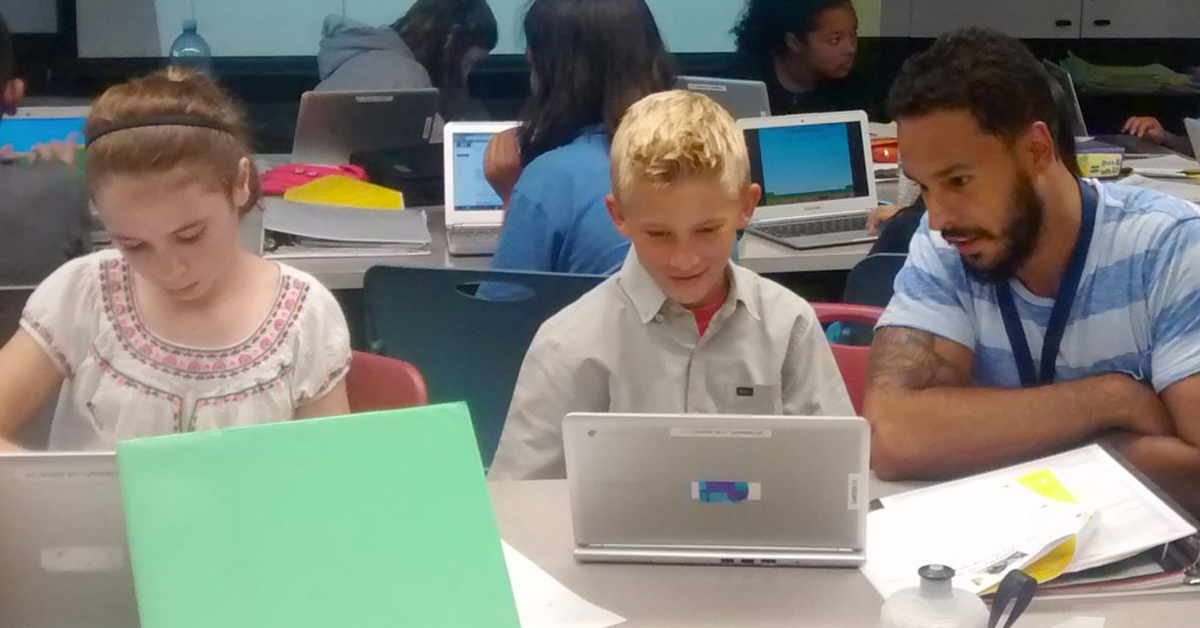
How has my neighborhood taken shape over the years?
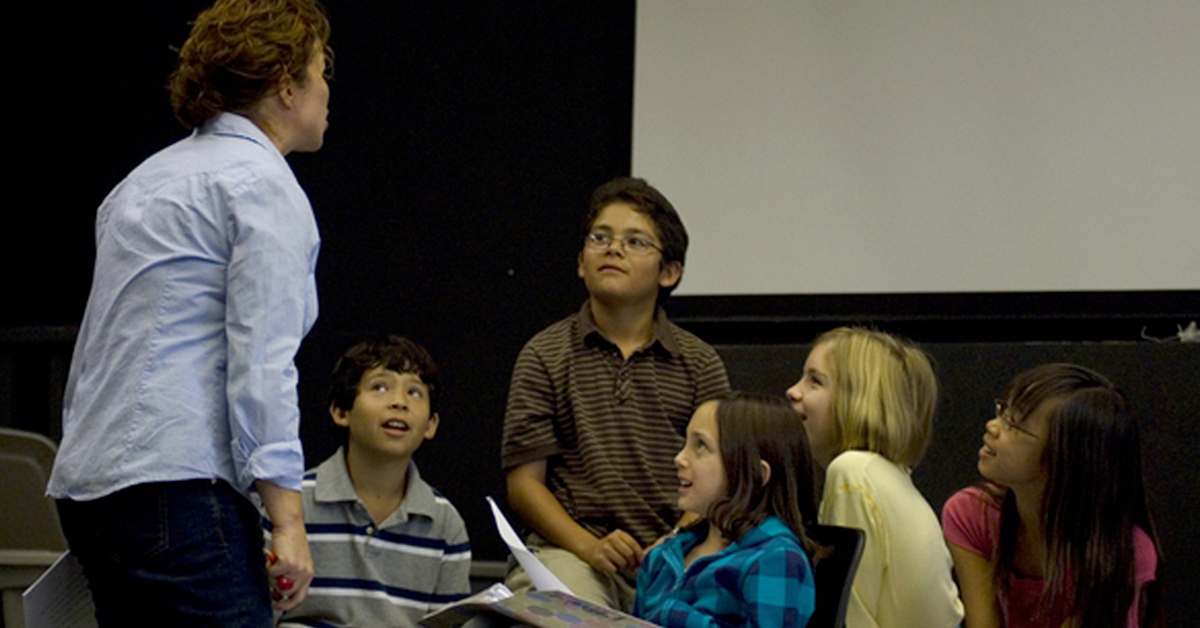
Students will study the process of developing plot and enhance their understanding of story structure and elements by writing plays in cooperative groups.
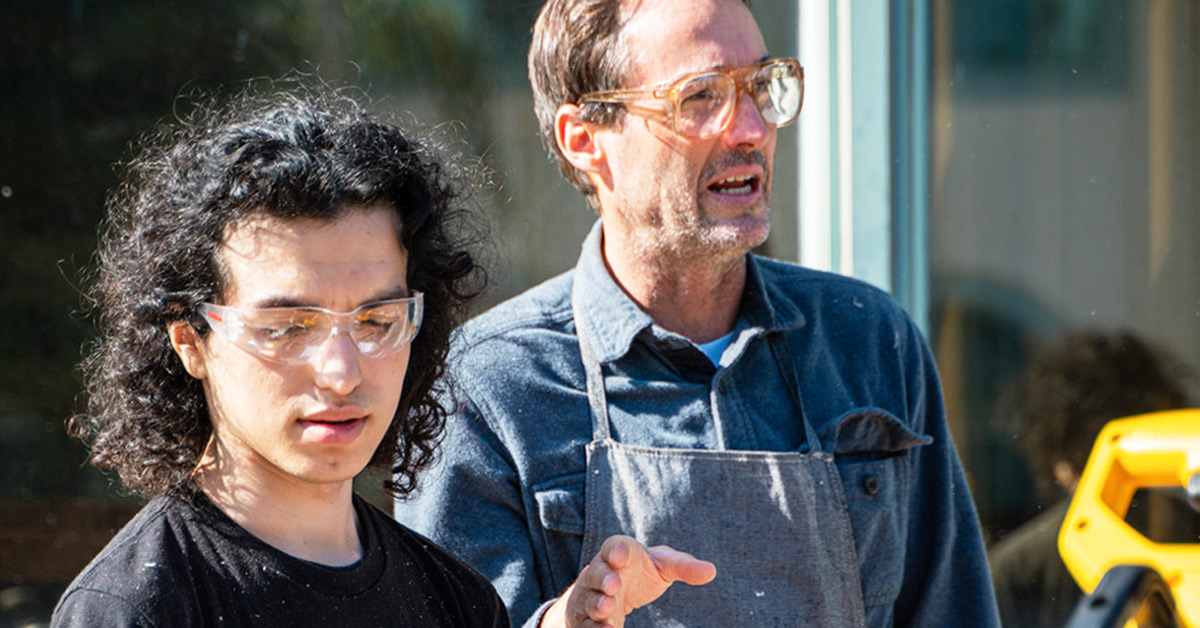
Students read about and researched issues related to agriculture and biology before working in groups to create large mobile planters for kindergarteners to learn from.
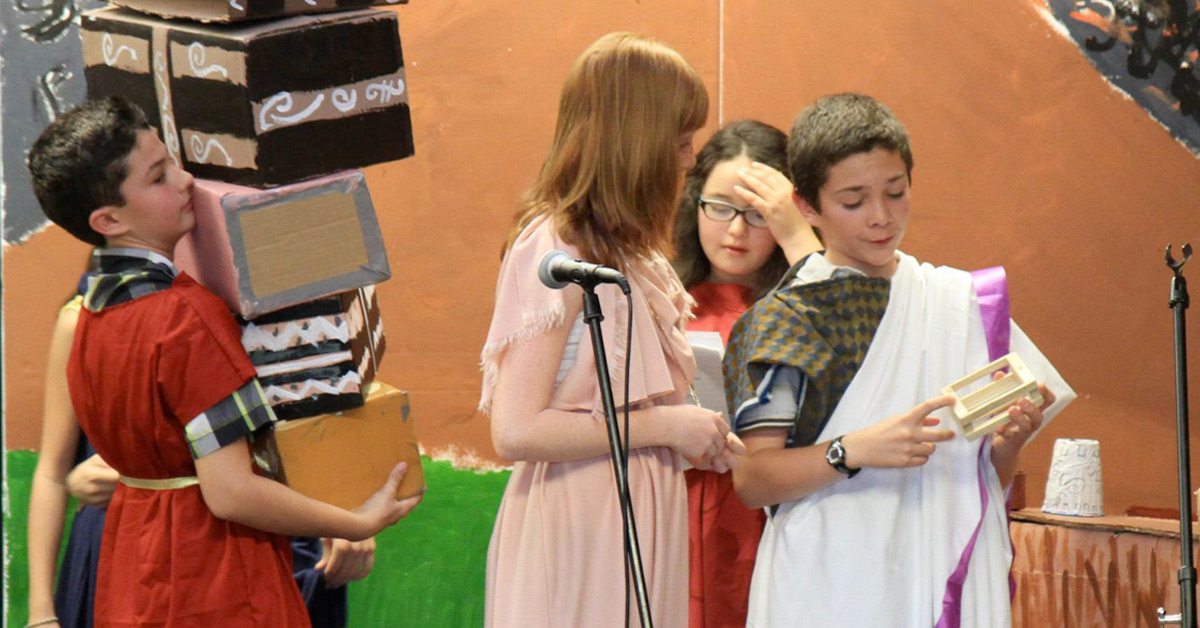
In Pompeii: Scenes of Destruction, students asked “What can you learn about the values of a society from the artifacts they carry with them into exile or as they flee a natural disaster?”
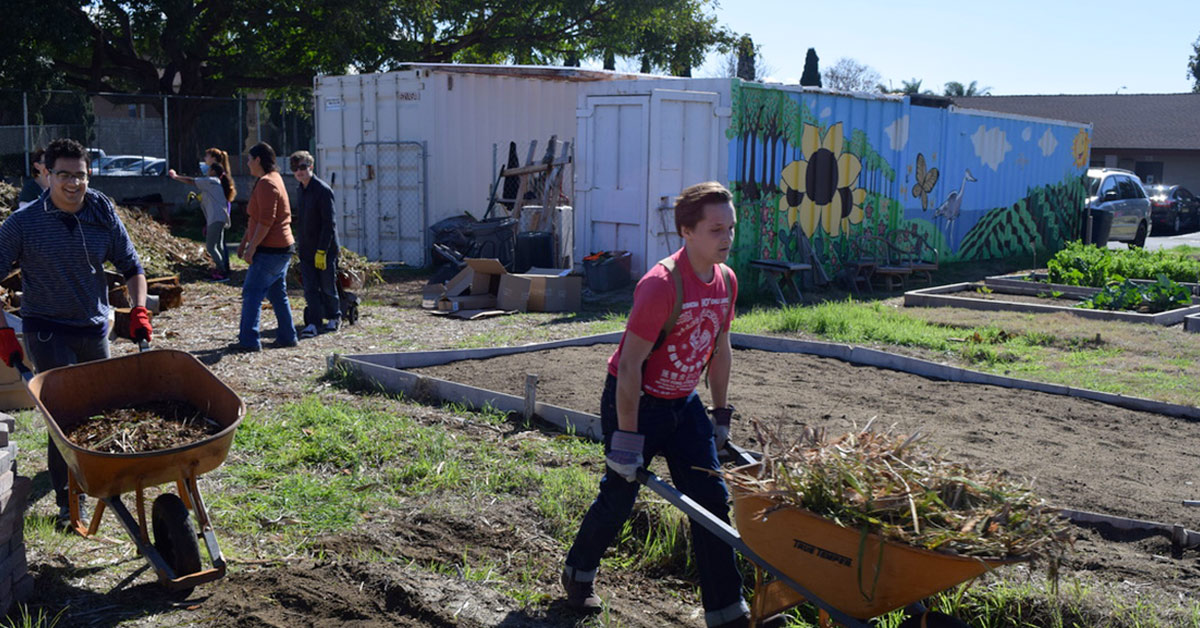
Eleventh graders at HTHNC partnered with nonprofit organizations to support various causes in our local community.
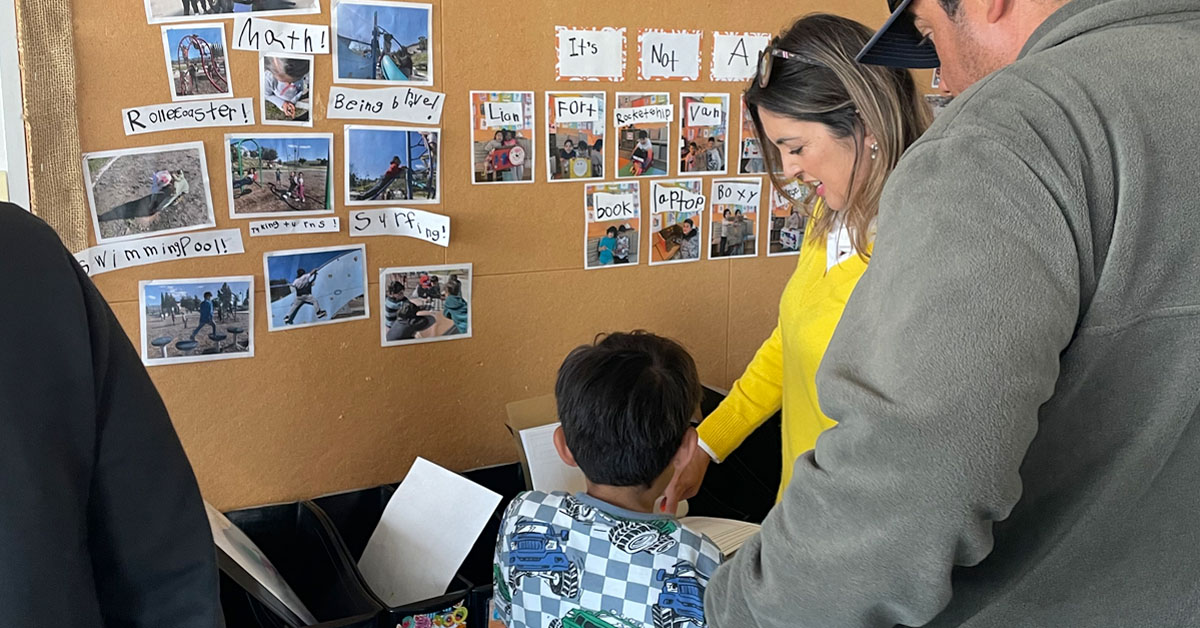
Through planning and reflecting on our own play, we have been working to answer our essential question, “What is the power of play?”
Browse Projects
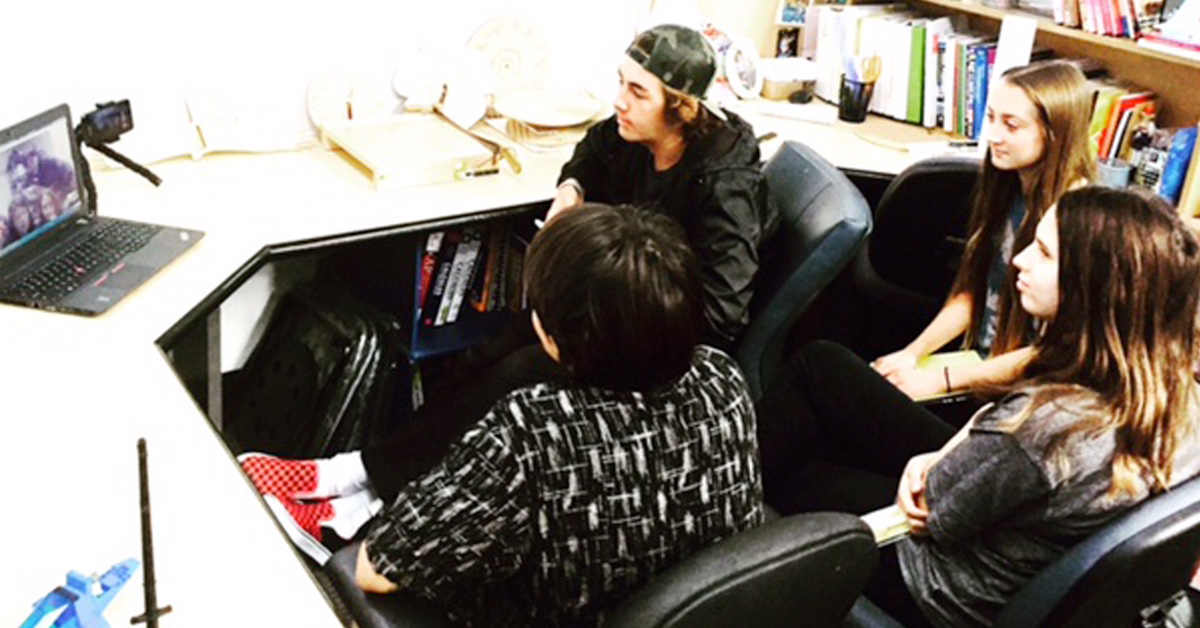
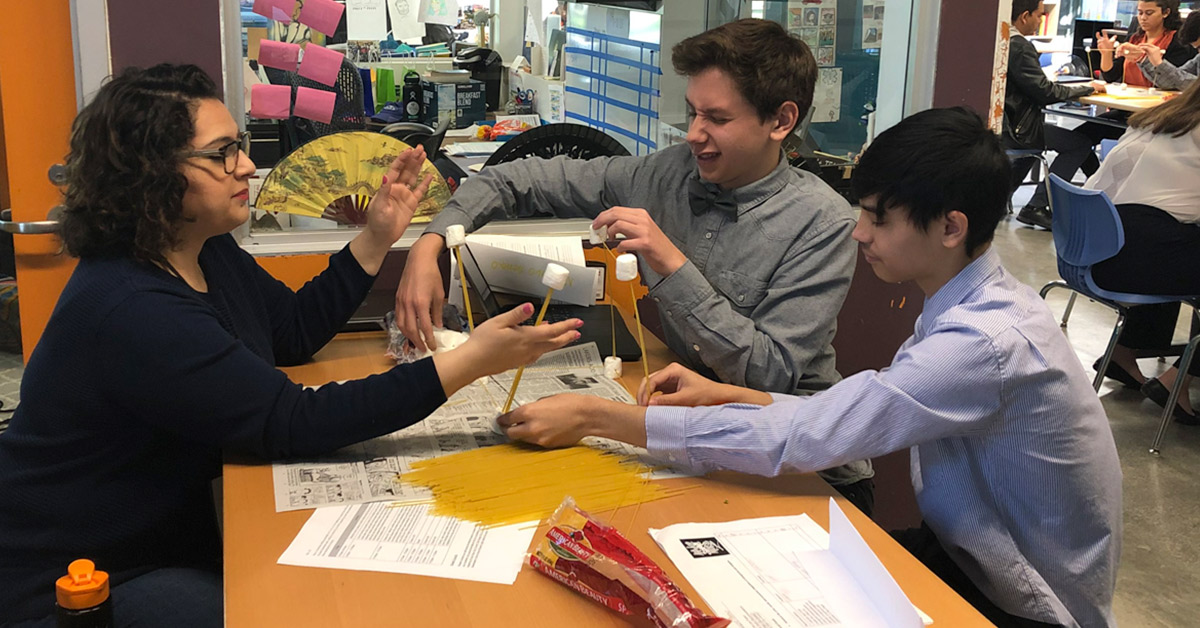
How should immigrants and refugees be welcomed when they enter a new country?
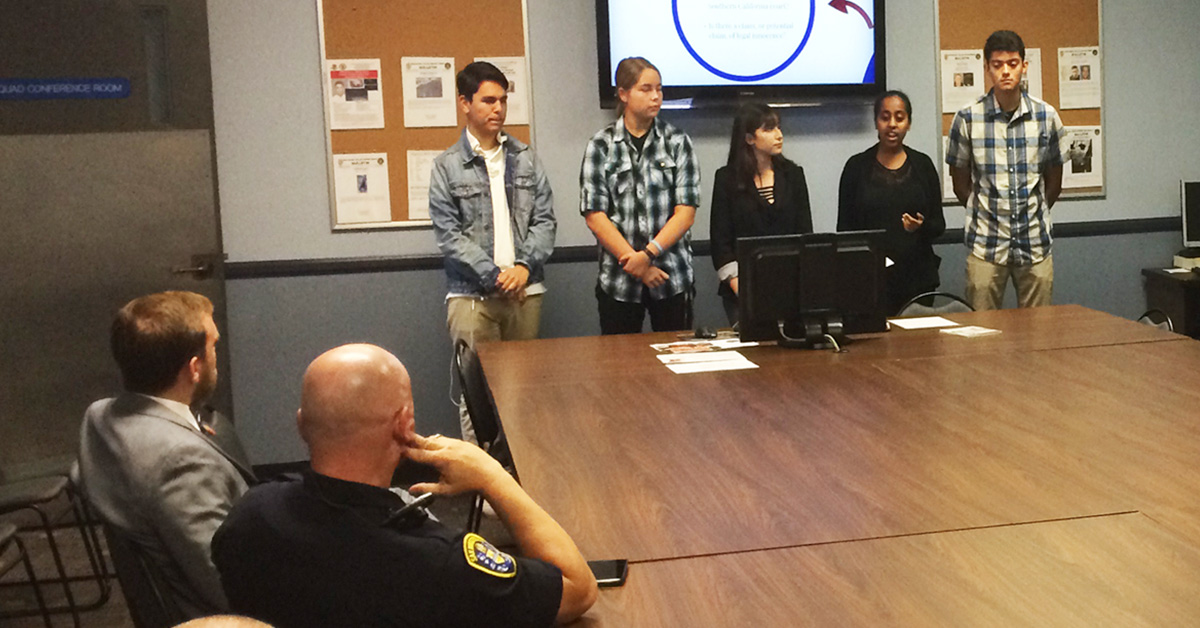
Students critically examined the criminal justice system in the US by working with the California Innocence Project (CIP) to analyze actual clients’ case files and recommend to CIP whether or not to take the case.
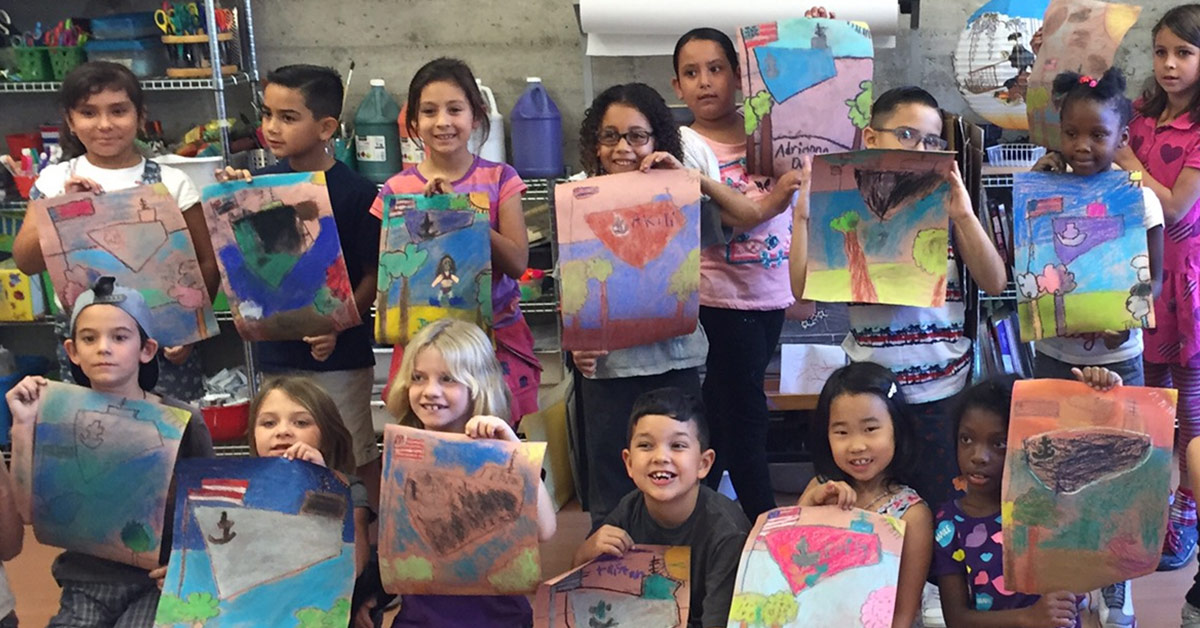
The community our school lies in has so much rich history!
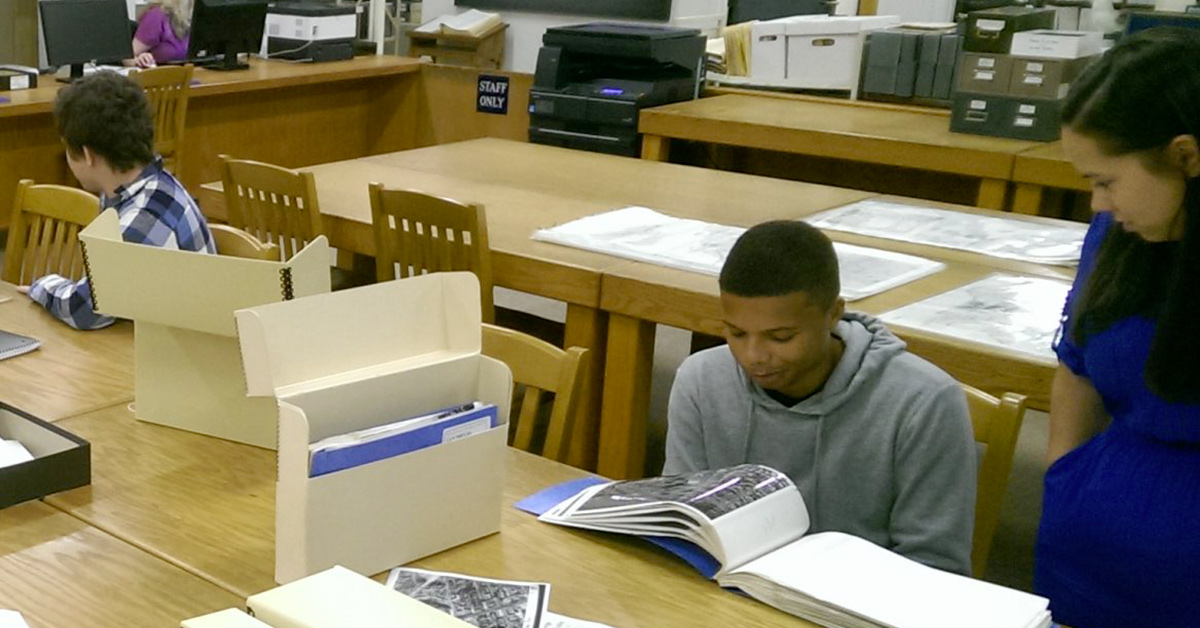
How does / can urban planning impact us as individuals and as a community?
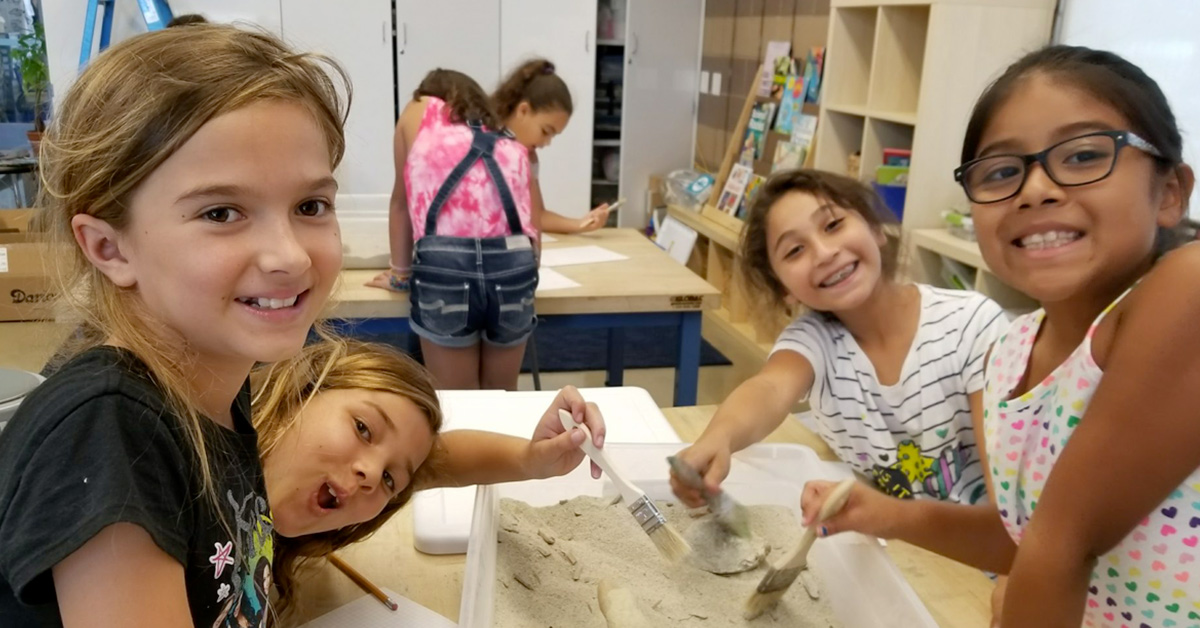
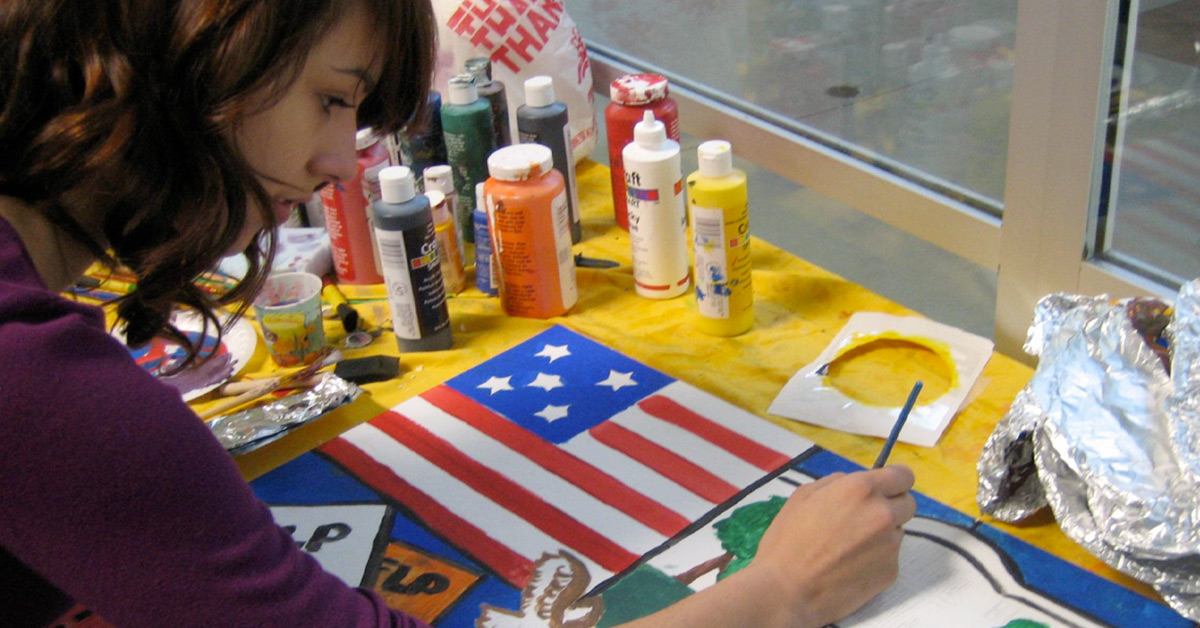
In La Llaga: Border Project, students explore the reasons why people choose to risk their lives in the attempt to enter the United States illegally.
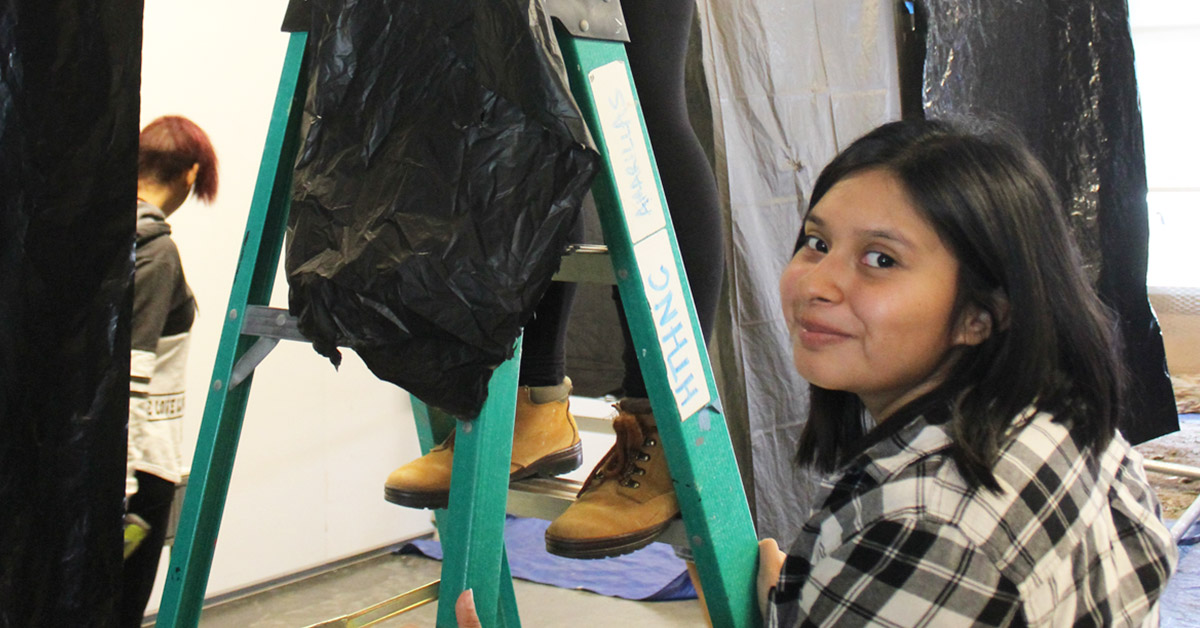
In Free Your Mind: The Ultimate Escape Room, students designed escape rooms that would challenge participants’ implicit bias by incorporating content related to attitudes about age, race, gender, sexuality, and mental health in each escape room puzzle.
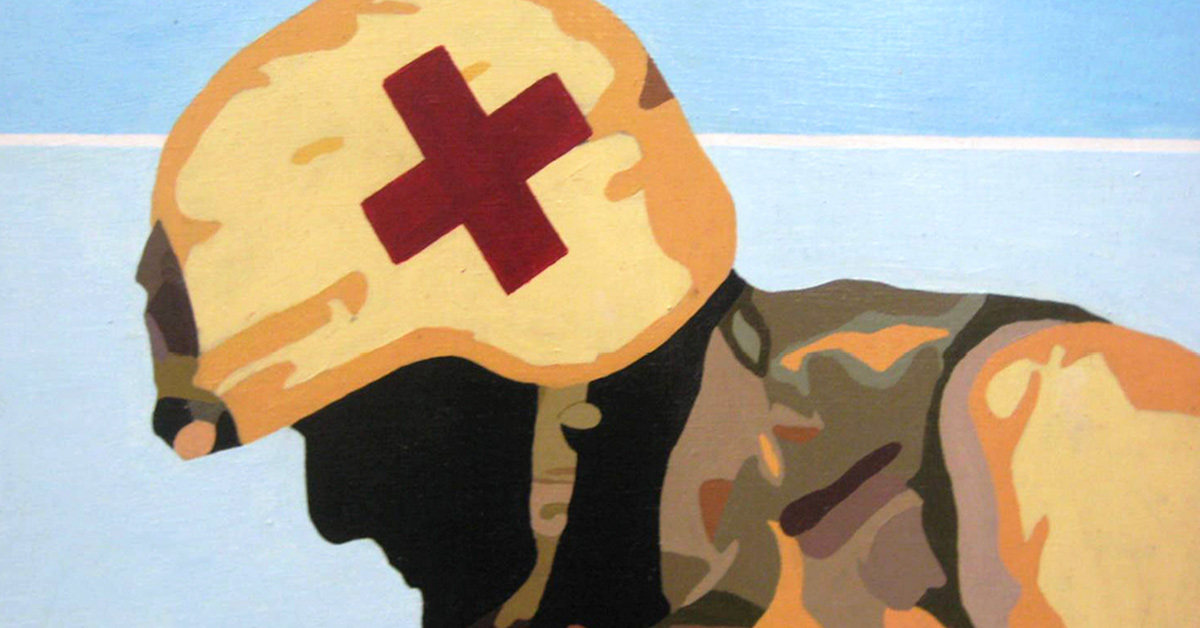
Students visited the Veteran’s Village of San Diego (VVSD) to interview veterans, write about their stories, and co-design a piece of art with them.